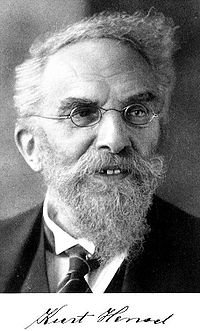Quote Notation, Blockchain and Cryptocurrencies

I had wild and crazy idea, what could p-adic cryptocurrency be like, if there could be such? Of course, computers don't do actually infinite real numbers, usually floating point or other finite representations of irrational numbers, and same goes for p-adic numbers. In fact, because of this and other reasons, finitist schools of philosophy of math deny the very existence of "real numbers". But this goes beside the point (sic!).
Looking around for any clues about the wild idea, I ran into wikipedia page describing what is called "Quote Notation" (QN): https://en.wikipedia.org/wiki/Quote_notation
Here's the abstract of the original paper by Hehner and Horspool:
A NEW REPRESENTATION OF THE RATIONAL NUMBERS FOR FAST EASY ARITHMETIC
"Abstract. A novel system for representing the rational numbers based on Hensel's p-adic arithmetic is proposed. The new scheme uses a compact variable-length encoding that may be viewed as a generalization of radix complement notation. It allows exact arithmetic, and approximate arithmetic under programmer control. It is superior to existing coding methods because the arithmetic operations take particularly simple, consistent forms. These attributes make the new number representation attractive for use in computer hardware. "
http://www.cs.toronto.edu/~hehner/ratno.pdf
The paper suggests that computation with QN is about third more efficient than computation with standard floating point representations.
I'm not a mathematician nor programmer, and I can think only very simply on general level, but I do strive for consistency. Common sense tells that any amount of money or similar tokens on a blockchain is always a rational number, a fraction of the total amount in circulation. Cryptocommunities use rational numbers and arithmetics, not irrational and fuzzy like central bank fiats.
The paper linked suggests that computation with QN is about third more efficient than computation with standard floating point representations. I don't know if blockchain coding and computation has so far tried to utilize QN, my search didn't give any results. And who knows, perhaps QN based approach could open whole new ways to think and organize blockchain ecosystems and their algorithmic interactions - if that is not happening already. Any case, I'll leave the rest for better minds to think out.
PS: What and how are p-adic numbers, some of you may ask, and I can't say I know any better. The very little I understand came from watching this lecture:
PPS: Questions and link posted to synereo forum:
https://discuss.synereo.com/t/quote-notation-blockchain-and-cryptocurrencies/66704